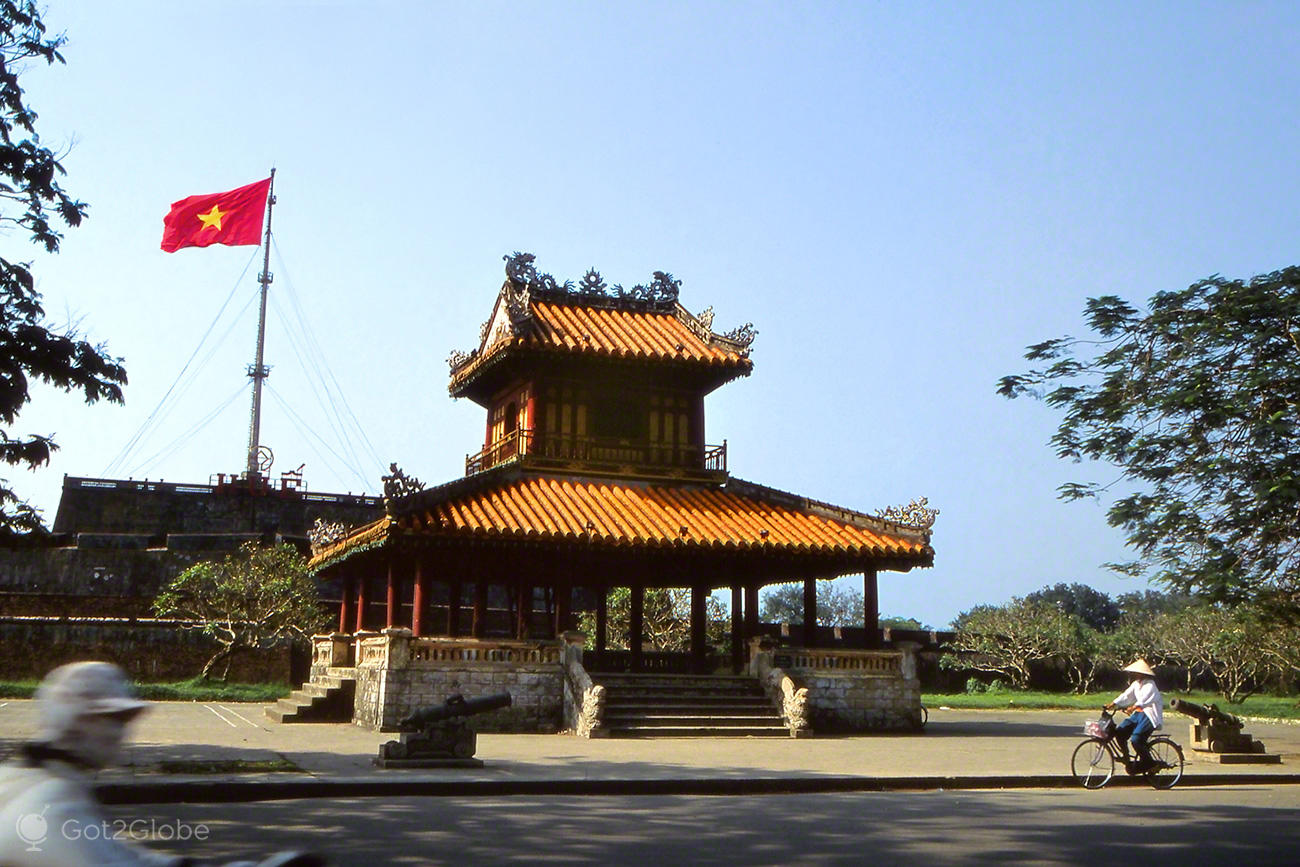
When to go
No time is particularly good or bad to visit Vietnam, a country that sprawls across a vast tropical latitude. An area is often subject to monsoons or simply tropical storms, while others have excellent weather. Overall, the climate of North Vietnam follows two monsoons. From October to March, one of them arrives from the northeast and brings a wet and cool winter most likely to the areas north of Nha Trang, guaranteed north of Da Nang.
The South has a climate with two well-demarcated monsoons, one of rains and one of drought. The rains usually arrive in May and stay until November, with short but heavy showers on a daily basis and usually at the end of the day.
De April in October, it is the turn of the southwest monsoon to enter action, when virtually the entire country exposed to winds from the Indian Ocean becomes hot and humid. March to May is the hottest period that gets cooler as the rainy season sets in.
The main season to avoid is that of hurricanes, which extends from July to November, with storms that are often devastating.